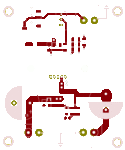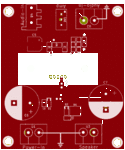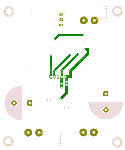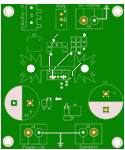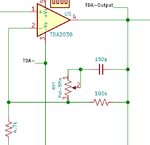Zak28
Advanced Member level 2

Recently made a 12v single supply tda2030 amp and its very noisy. All non polarized caps are 0805 or 1206 MLCCs the board has footprint for 4700uF rail capacitor instead of 220uF - haven't tried 4700uF but circuit with 220uF made noise lots of noise with 2.3R and 8R speakers powered by a meanwell GST60A12-P1J 12v 5A adapter.
What can be done to remedy the noise issue?
What can be done to remedy the noise issue?
Last edited:

